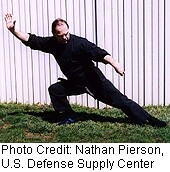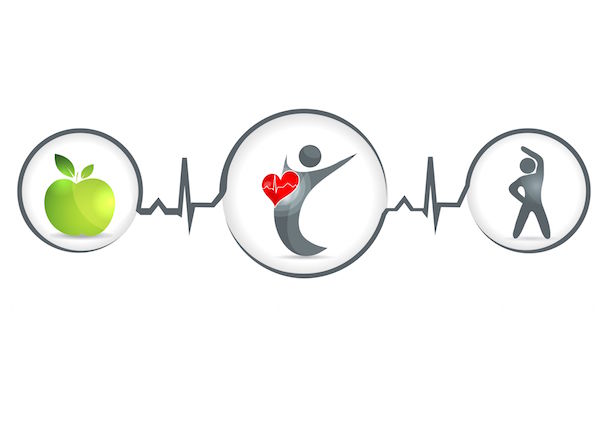
WEDNESDAY, Feb. 6 (HealthDay News) — The ancient Chinese discipline of Tai Chi may help modern-day stroke patients avoid debilitating falls, a small new study suggests.
Stroke survivors suffer seven times as many falls as healthy adults. These falls can cause fractures, decrease mobility and increase the fear of falling, which can lead to social isolation or dependence on others, the researchers noted.
“Learning how to find and maintain your balance after a stroke is a challenge,” lead author Ruth Taylor-Piliae, an assistant professor at the University of Arizona College of Nursing, in Tucson, said in an American Stroke Association news release.
Taylor-Piliae’s team tracked 89 people, who had an average age of 70 and had suffered a stroke an average of three years before the start of the study. Twenty-eight of the patients received usual care, 31 were assigned to a national fitness program for Medicare-eligible seniors called SilverSneakers and 30 practiced Tai Chi.
Tai Chi, an exercise routine that dates back to ancient China, includes physical movement, mental concentration and relaxed breathing.
The people in the Tai Chi and SilverSneakers programs did one-hour classes three times a week for 12 weeks. The usual-care group received a weekly phone call and written material about physical activity.
During the three months of the study, the participants suffered a total of 34 falls in their homes, mainly from slipping or tripping. There were 15 falls in the usual-care group, 14 falls in the SilverSneakers group and only five falls in the Tai Chi group, according to the findings, which were to be presented Wednesday at the annual meeting of the American Stroke Association in Honolulu.
“Tai Chi is effective in improving both static and dynamic balance, which is important to prevent falls,” Taylor-Piliae said. She added that Tai Chi is also “readily available in most U.S. cities and is relatively inexpensive.”
One stroke expert not connected to the study said he’s seen the discipline’s benefits firsthand.
“Tai Chi is an exercise form that emphasizes balance, core strength and integration of mind and body in movement,” said Dr. Jesse Weinberger, professor of neurology at the Icahn School of Medicine at Mount Sinai, in New York City. “It has previously been shown to improve motor function and prevent falls in the elderly and in patients with Parkinson’s disease.
“In addition to being a vascular neurologist, I also practice the Yang style of the Tai Chi form and I have several patients in my class who have had strokes or have Parkinson’s and they show improvement in balance and coordination,” Weinberger said.
“The main benefit of Tai Chi for the stroke patient is the integration of mind and body through meditation in motion to improve motor control,” he said.
Taylor-Piliae agreed that Tai Chi offers a wide range of benefits beyond the physical. “Psycho-social benefits include less depression, anxiety and stress, and better quality of life,” she said.
Findings presented at medical meetings should be considered preliminary until published in a peer-reviewed journal.
More information
The U.S. National Center for Complementary and Alternative Medicine has more about Tai Chi.

